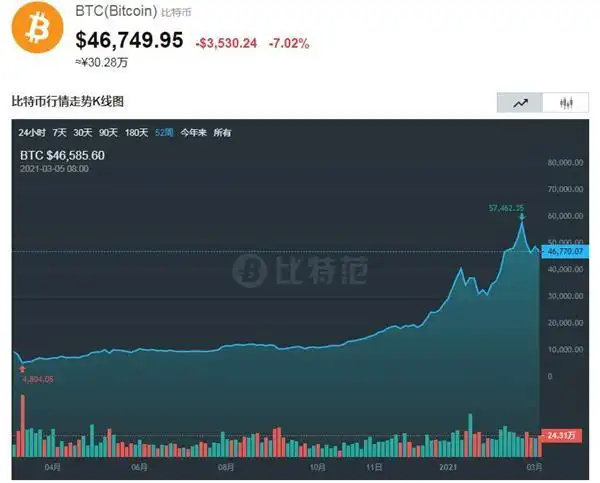In the ever-evolving landscape of cryptocurrency mining, the competition among ASIC miners is fiercer than ever. As digital currencies like Bitcoin (BTC), Ethereum (ETH), and even Dogecoin (DOG) continue their turbulent journeys through markets, the mining rigs that power these decentralized networks become paramount. The quest for superior hash rates, energy efficiency, and reliable uptime propels manufacturers and miners alike into a relentless race for dominance. So, which ASIC miner truly reigns supreme in this high-stakes showdown? Let’s dive deeper into the nuances that define performance, profitability, and future-proofing of these powerful machines.
At the heart of the debate lies the delicate balance between raw computational power and energy consumption. High hash rates translate to increased chances of solving cryptographic puzzles, which in turn means more profitable mining rewards. However, this must be counterweighted with the cost of electricity and the thermal management capabilities of the rig. A miner delivering unmatched hashrate but guzzling power inefficiently can quickly turn lucrative mining into a costly endeavor. Here, the latest generation ASICs shine due to their architecture improvements, offering exponential leaps in megahash per second per watt ratios.

Comparing popular models, the Bitmain Antminer S19 Pro and MicroBT Whatsminer M30S++ illustrate this competition vividly. The S19 Pro, with its staggering 110 TH/s and energy efficiency hovering around 29.5 J/TH, is a favorite in mining farms targeting Bitcoin specifically. On the other hand, the M30S++ pushes hash rates slightly higher at about 112 TH/s but operates at similar energy footprints. Despite their small differences, miner preferences often hinge on factors beyond raw specifications: firmware robustness, heat dissipation, mounting ease, and customer support.
Delving further into the ecosystem, handling and hosting these ASICs present unique challenges and opportunities. Mining farms — sprawling warehouses filled with rows upon rows of humming mining rigs — optimize physical layout, cooling methodologies, and grid connections to maximize uptime and operational efficiency. Whether it’s mining Bitcoin’s proof-of-work or exploring ETH’s hybrid approaches before its full transition to proof-of-stake, miners rely heavily on infrastructure to tame the intense power draw and heat generation of ASICs.

Furthermore, mining machine hosting offers individual miners a gateway to participate in large-scale operations without the logistical headwinds of equipment installation and maintenance. Hosting providers create symbiotic relationships, delivering climate-controlled environments, network stability, and constant hardware surveillance—transforming what would otherwise be an intricate, opaque process into a seamless experience. For miners eyeing exposure to volatile cryptocurrencies like DOG or emerging altcoins, hosting ASICs can be a tactical maneuver to scale their mining income.
Another dimension to consider is adaptability. While ASICs are typically designed for specific hashing algorithms—SHA-256 for BTC and Scrypt for some altcoins—their rigidity contrasts against the versatile graphics processing units (GPUs). Innovations aiming to tweak ASICs for more flexible use-cases are underway, blurring the lines of miner specialization. However, this versatility often comes at the cost of maximum efficiency, typically reserved for niche or smaller mining rigs.
In addition, technological strides continue to surface: advancements in semiconductor fabrication nodes lead to chips that deliver higher density and lower power draw. Cooling remains pivotal—liquid cooling systems and immersion baths, once niche, are becoming mainstream in large mining operations to squeeze every ounce of computing power while maintaining hardware longevity. This evolution defines a future where ASIC miners not only battle for supremacy but also harmonize performance with sustainability.
Security and firmware updates also play significant roles. Vulnerabilities within miner firmware can compromise the entire mining operation, introducing risks such as unauthorized access or diminished efficiency through malware interference. Top-tier manufacturers offer timely updates and protective measures, ensuring miners stay competitive while safeguarding their investments.
Lastly, profitability calculators and real-time network analytics have become indispensable tools in the miner’s arsenal. Fluctuations in cryptocurrency prices, mining difficulty adjustments, and electricity rate changes require miners to be agile and data-driven. Deploying the “right rig” transcends simple hardware specs; it’s about aligning equipment capabilities with market conditions and strategic mining goals.
To wrap it up, the ASIC miner performance showdown isn’t a straightforward race. It’s an intricate dance involving hash power, energy efficiency, cooling innovation, firmware security, hosting strategies, and market responsiveness. The reigning champion depends on what a miner prioritizes—whether raw power, operational cost-efficiency, or ease of hosting. For now, the titans like Bitmain’s Antminer S19 Pro and MicroBT’s Whatsminer M30S++ hold the crown in Bitcoin ASIC mining. Yet, the landscape’s dynamic nature promises ongoing innovation, inviting miners to continuously re-evaluate which rig truly reigns supreme.







One response to “ASIC Miner Performance Showdown: Which Rig Reigns Supreme?”
In this ASIC miner showdown, surprises abound as underdogs outpace giants with clever tweaks and efficiency gains. While the S19 XP reigns, emerging rigs challenge norms—crypto miners, prepare for a game-changing twist!